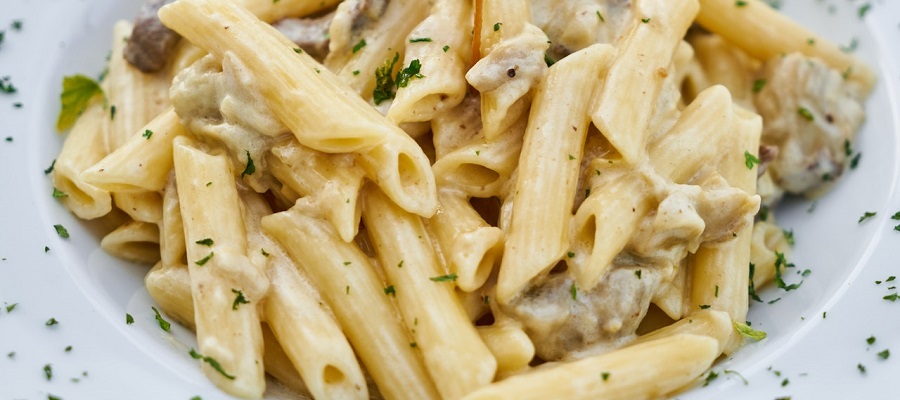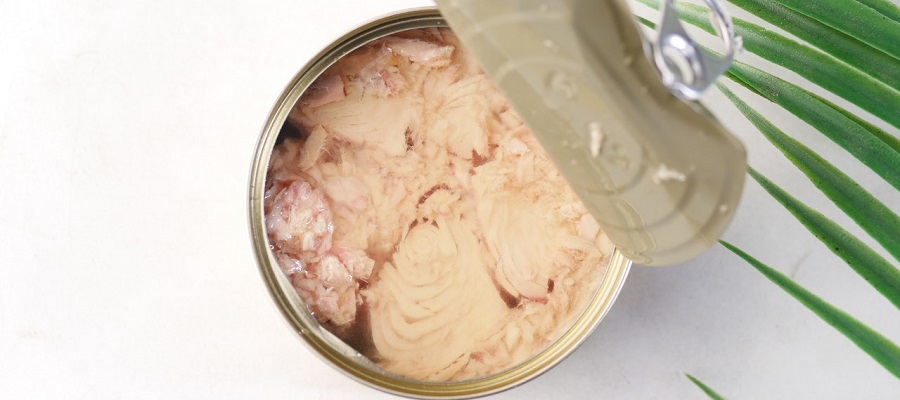Pasta is a type of food made from wheat flour and water that is usually cooked by boiling. It is a staple food in many cultures and is often served with a sauce made from vegetables, meat, or fish. There are many different types of pasta, including spaghetti, macaroni, and fettuccine, and they can be made in various shapes and sizes. Pasta can be enjoyed as a main course or used as an ingredient in other dishes such as casseroles and soups. It is also a good source of carbohydrates, which provide energy for the body. Pasta can be made at home or purchased at a grocery store. It is often sold in dried form and must be cooked before it can be eaten.
homemade pasta dough ingredients
To make homemade pasta dough, you will need the following ingredients:
- 2 cups all-purpose flour
- 3 large eggs
- 1 teaspoon olive oil
- 1/2 teaspoon salt
Optional ingredients:
- 2 tablespoons water
- 1 tablespoon semolina flour (for added texture)
To make the dough, combine the flour, salt, and semolina flour (if using) in a mixing bowl. In a separate bowl, beat the eggs and olive oil together. Add the egg mixture to the dry ingredients and mix until the dough comes together. If the dough seems dry, you can add a tablespoon or two of water to help bring it together. Knead the dough on a floured surface for a few minutes until it becomes smooth and elastic. Wrap the dough in plastic wrap and let it rest for at least 30 minutes before rolling it out and cutting it into your desired shape.
types of pasta shapes and names
There are many different types of pasta shapes and names, some of the most common ones include:
- Spaghetti - long, thin strands
- Fettuccine - flat, wide noodles
- Linguine - thin, flat noodles
- Penne - tubes with diagonal ends
- Farfalle - bow tie-shaped noodles
- Elbow macaroni - small, curved tubes
- Rotini - twisted, spiral-shaped noodles
- Fusilli - long, thin strands with a spiral shape
- Conchiglie - large, seashell-shaped noodles
- Cavatelli - small, crescent-shaped noodles
- Orecchiette - small, ear-shaped noodles
- Tortellini - small, ring-shaped noodles filled with cheese or meat
- Gnocchi - small, soft dough dumplings
- Ravioli - large, ring-shaped noodles filled with cheese or meat
- Lasagna - wide, flat noodles used in layering dishes
There are many more types of pasta shapes beyond this list, each with their own unique name and use in different dishes.
vegan pasta alternatives
There are several vegan alternatives to traditional pasta made from wheat flour and eggs, including:
-
Legume-based pasta - made from lentils, chickpeas, or other legumes, these pasta alternatives are high in protein and nutrients.
-
Whole grain pasta - made from whole grains such as brown rice, quinoa, or spelt, these pasta alternatives offer more fiber and nutrients than traditional pasta.
-
Vegetable-based pasta - made from vegetables such as zucchini, sweet potato, or butternut squash, these pasta alternatives are lower in calories and carbohydrates than traditional pasta.
-
Almond flour pasta - made from ground almonds, these pasta alternatives are higher in healthy fats and protein than traditional pasta.
-
Coconut flour pasta - made from coconut flour, these pasta alternatives are higher in fiber and lower in carbohydrates than traditional pasta.
-
Quinoa pasta - made from quinoa flour, these pasta alternatives are high in protein and nutrients.
-
Black bean pasta - made from black beans, these pasta alternatives are high in protein and fiber.
It is worth noting that some of these alternatives may have a different texture and taste than traditional pasta, and may require slightly different cooking times.
decorating ideas for pasta dishes
Here are some ideas for decorating pasta dishes:
-
Top with fresh herbs such as basil, parsley, or oregano for a burst of color and flavor.
-
Garnish with grated cheese, such as parmesan or pecorino romano.
-
Add a sprinkle of red pepper flakes or a drizzle of chili oil for a spicy kick.
-
Sprinkle with toasted breadcrumbs for a crunchy texture.
-
Top with sautéed vegetables such as bell peppers, mushrooms, or zucchini for added color and nutrition.
-
Garnish with a sprinkle of lemon zest for a burst of citrus flavor.
-
Top with a dollop of pesto or other flavored sauce for added flavor.
-
Sprinkle with sliced olives or capers for a salty, briny flavor.
-
Add a sprinkle of chopped nuts such as pine nuts or almonds for a crunchy texture and added flavor.
-
Top with sliced avocado or a drizzle of olive oil for added richness and flavor.


